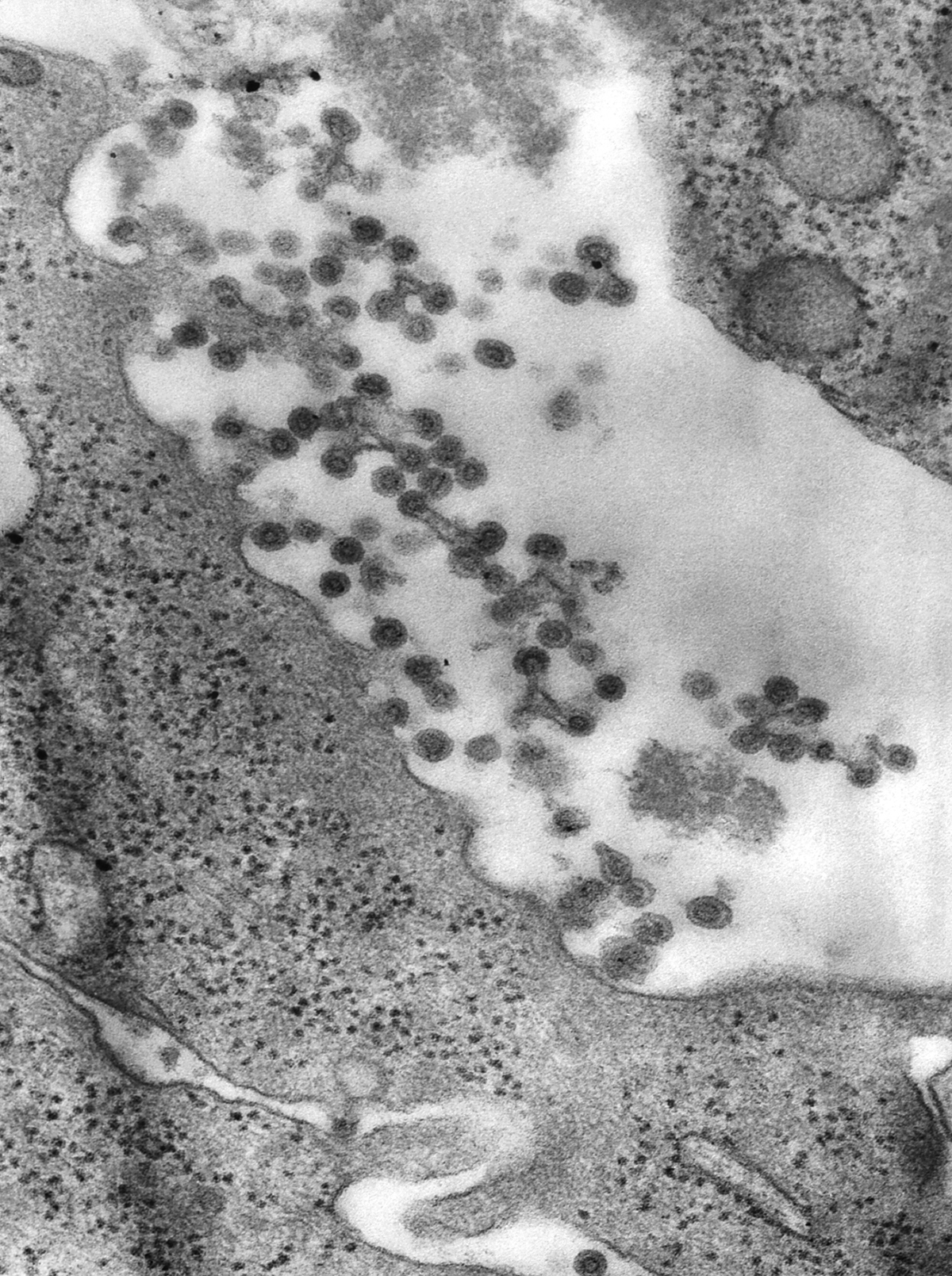
Rubella
Rubella is also well-known under the names German measles or three-day measles and it is a viral infection that manifests itself through the distinctive red rash. Rubella is contagious condition. It is important to know that rubella is not the same as measles, even though that these two conditions have certain similar characteristics, for example, red rash. Rubella is caused by a different virus and it is not very serious condition as measles.
Causes of rubella
The main cause of rubella is an infection caused by a virus. In most cases, this viral infection is not very serious and has mild symptoms. However, it may be serious and dangerous for those women who are pregnant, especially in the first few months of the pregnancy. Fortunately, a vaccine that prevents this viral infection exists.
Rubella virus
The virus that causes rubella is a ribonucleic acid virus, which belongs to the family Togaviridae and the genus Rubivirus. The rubella virus best survives in the mucus of the nose and throat of the person who is infected. The virus is transmitted when the infected person sneezes or coughs. If another person is very close, the infected mucus can reach the nose or throat of that other person. Furthermore, a person may be infected when touching the infected surface and then put the fingers in the mouth or nose. The lining cells of the back of the throat and nose are the places where the rubella virus starts to multiply. The other parts of the body may be infected when the rubella virus reaches the bloodstream or lymph system. The symptoms of rubella become noticeable in 14 to 21 days after the virus entered the body. Rubella incubation period is the period between the time when rubella penetrate in the body and the time when the first symptoms appear.
A vaccine for rubella is first introduced in 1969, in The United States. Usually, a vaccine for rubella is a part of MMR vaccine (MMR – measles, mumps, rubella), but, it can be administered alone, also. The measles-mumps-rubella vaccine is typically given to children in the United States twice before they reach school age and it is highly helpful in preventing rubella. When a person receives this vaccine, he/she develop immunity to all three viruses that cause rubella, mumps and measles. When somebody notices some of the symptoms of rubella, such as high temperature, fever, runny nose, inflamed red eyes, enlarged lymph nodes at the base of the skull, the back of the neck and behind the ears, and red rash that gradually spreads out to the rest of the body, it is very important to viist a doctor.


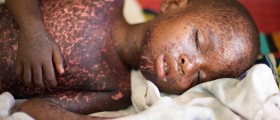
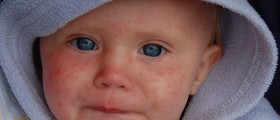

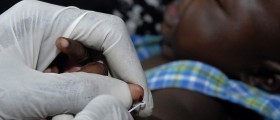

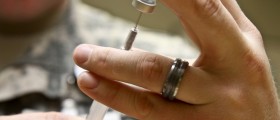
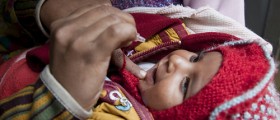



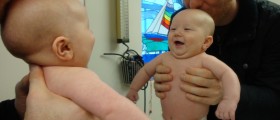

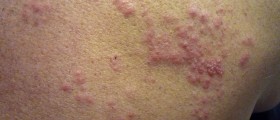
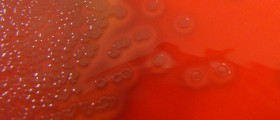

Your thoughts on this
Loading...